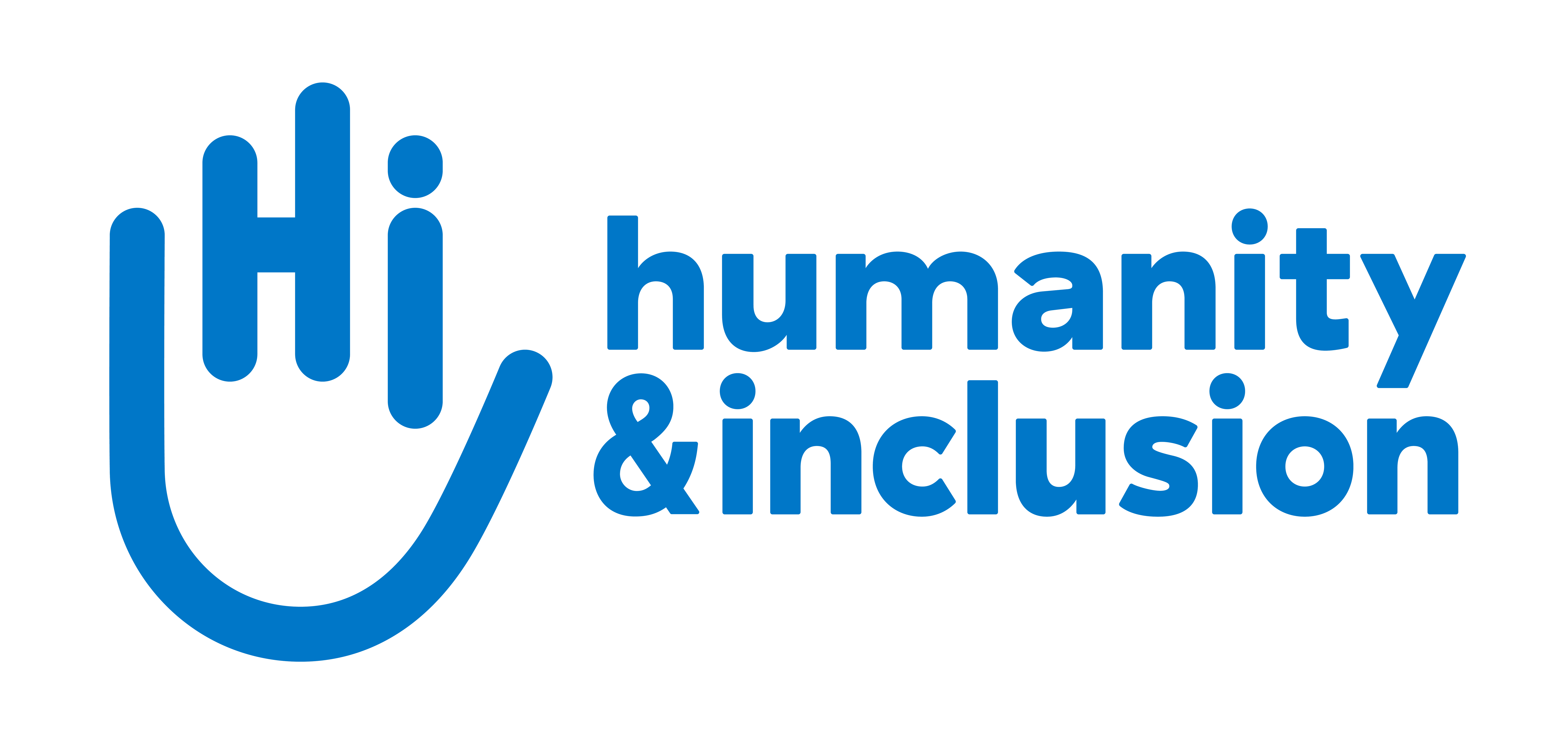Including people with disabilities in crisis response
The Charter on the Inclusion of Persons with Disabilities in Humanitarian Action was drawn up in 2016 by Humanity & Inclusion in conjunction with more than 70 partners. The charter already has more than 200 signatories, including 25 States, the European Union, several UN agencies, humanitarian organisations and disabled people’s organisations.

Homepage of the Humanitarian Disability Charter website | source: Humanitarian Disability Charter
Launched in May 2016, the Charter calls on all organisations involved in humanitarian response to improve their practices in order to better include people with disabilities. Its primary aim is to ensure that people with disabilities have access to humanitarian response and are consulted or actively involved in decision-making processes concerning their lives.
This charter is a response to the fact that, in emergencies such as earthquakes and armed conflicts, people with disabilities often find it very hard to access humanitarian aid: if someone uses a wheelchair they may not be able to reach a food distribution point; someone who is hard of hearing might miss information about a humanitarian service; an NGO may not know of the existence of a Down Syndrome child if their family has hidden them away because, for cultural reasons, their condition is seen as shameful. These are just some of the obstacles people with disabilities face in accessing humanitarian aid.
The Charter has made people much more aware of these regularly occurring situations. More than 200 organisations, institutions, States, etc., involved in emergency response have agreed to end this injustice. The next step is to apply the principles set out in the Charter.
“The inclusion of people with disabilities must be one of the main criteria funding bodies use when allocating money to emergency response. NGOs need to adapt their actions and take into account people with disabilities in their programmes. Many organisations and institutions in the humanitarian sector have signed the Charter. Now we need to see concrete changes in the field,” explains Camille Gosselin, HI’s humanitarian advocacy officer.





